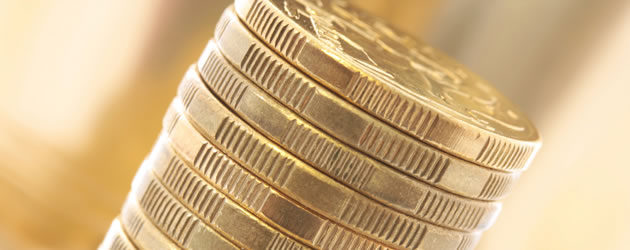 The Pound Sterling to Australian Dollar (GBP/AUD) exchange rate clawed back some of its earlier losses as Wednesday drew to a close.
The Pound Sterling to Australian Dollar (GBP/AUD) exchange rate clawed back some of its earlier losses as Wednesday drew to a close.
The GBP/AUD pairing previously slumped to a low of 1.8011 in response to Australia’s reassuring second quarter Consumer Price Index.
With the CPI figures lessening the odds of the Reserve Bank of Australia cutting interest rates in the short to medium term, the ‘Aussie’ posted widespread gains and achieved a two-week high against the US Dollar (USD).
Although the assets’ gains are contrary to the RBA’s desire to soften the domestic currency, some industry experts believe that the Australian Dollar’s resilience is here to stay.
In the view of economist Paul Bloxham; ‘Lowering the currency will be more difficult as its harder for the RBA to convincingly say that they’re likely to cut interest rates further when they’ve got inflation in the upper part of their target band.’
The Bank of England’s slightly disappointing meeting minutes ensured that the Pound went on to consolidate declines against its Australian counterpart.
However, the Pound to Australian Dollar (GBP/AUD) exchange rate did steady slightly as trading continued and achieved a high of 1.8048 ahead of the release of China’s preliminary HSBC Manufacturing PMI for July.
The gauge of manufacturing came in at 50.7 in June, above the 50 mark separating growth from contraction.
Economists are expecting that the measure climbed further into expansion territory this month, moving to 51.
If the data hits or exceeds this level it could push the Australian Dollar higher before the close of the Australasian session.
The Pound derived some support as the Confederation of British Industry (CBI) published an upbeat gauge of annual sales growth.
The measure advanced from 4 in June to a four-month high of 21 in July.
Increases in food and drink sales played a part in the improvement.
According to a CBI statement published with the figures; ‘As the temperature began to rise, it seems so did sales volumes. Almost all sectors saw growth, with grocers and clothing stores telling us they performed particularly well as people bought barbeque supplies and summer outfits. Retailers expect an even faster rise in sales volumes next month, and are stocking up in anticipation of growing demand.’
Further Pound Sterling to Australian Dollar (GBP/AUD) exchange rate movement is likely to occur following the publication of retail sales stats for the UK at 09:30 GMT.
UPDATED 10:35 GMT 24 July, 2014
Pound Softens as Sales Data Disappoints
During Australasian trading the Pound Sterling to Australian Dollar exchange rate consolidated declines following the publication of impressive manufacturing data for China, Australia’s main trading partner.
The HSBC Manufacturing PMI gauge had been expected to rally from 50.7 to 51.0 in July, but it actually moved even further into expansion territory, producing a reading of 52.0.
The data saw economist Hongbin Qu comment; ‘Both new orders and new export orders expanded at a faster pace than in June. The employment and prices sub-indices also improved. Meanwhile, stocks of finished goods contracted at a slower pace. Economic activity continues to improve in July, suggesting that the cumulative impact of mini-stimulus measures introduced earlier is still filtering through.’
Further Pound losses were occasioned after the UK’s retail sales report for June showed a month-on-month decline of 0.1%. An increase of 0.3% had been projected.
The result lends additional weight to the argument in favour of the Bank of England keeping interest rates on hold for some time to come.
On the year, sales were up 4.0%, considerably less than the 4.6% increase anticipated.
The Pound Sterling to Australian Dollar (GBP/AUD) exchange rate hit a low of 1.7969 over the course of trading and is currently trending in the region of 1.8022.

Comments are closed.